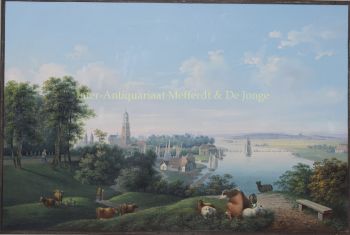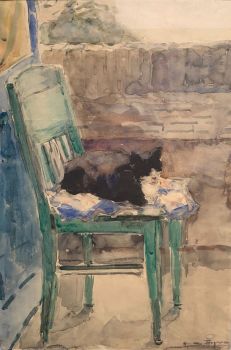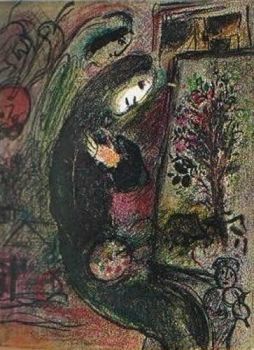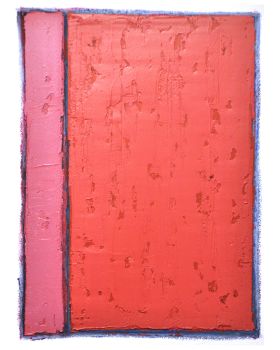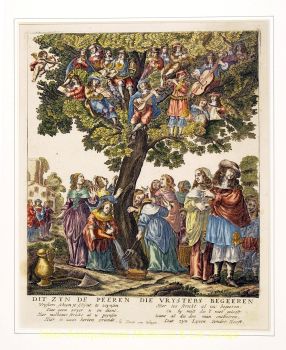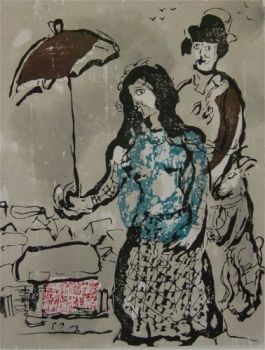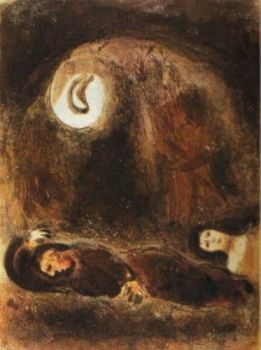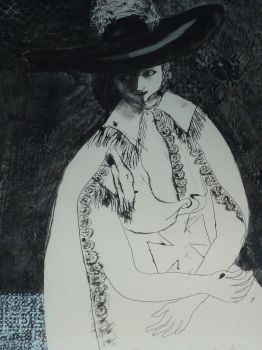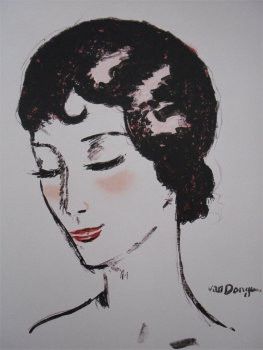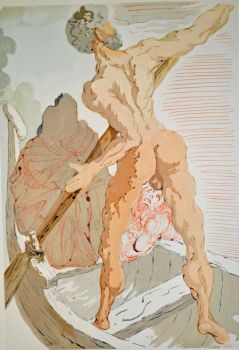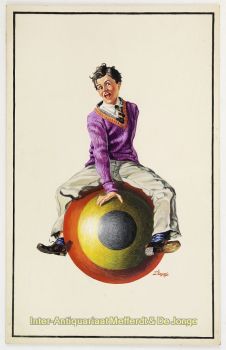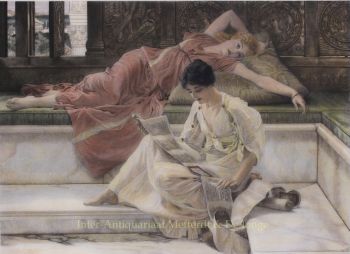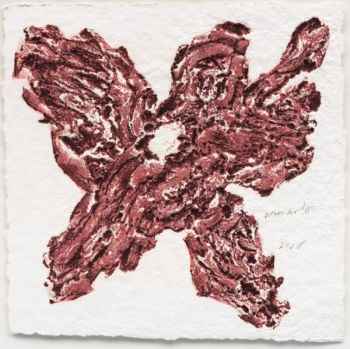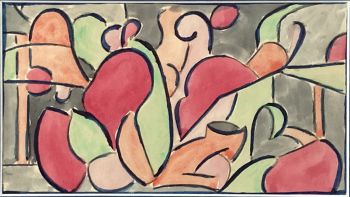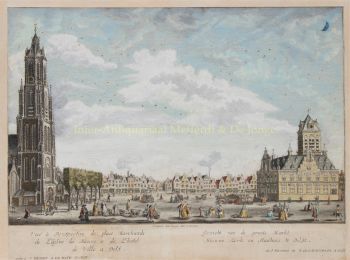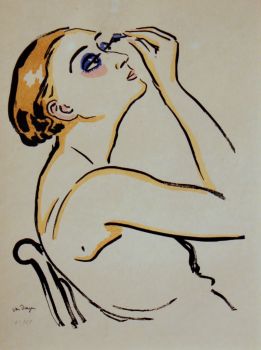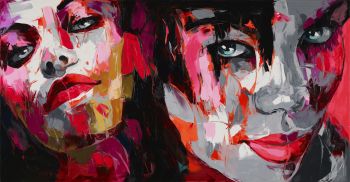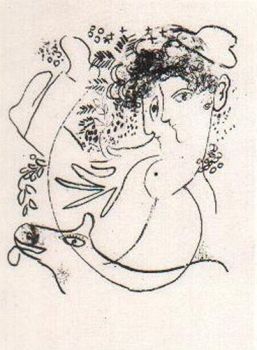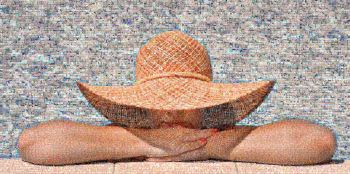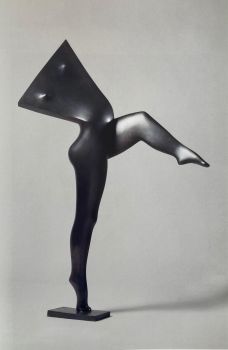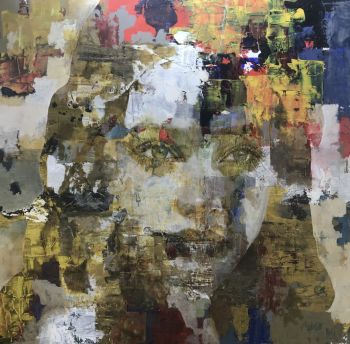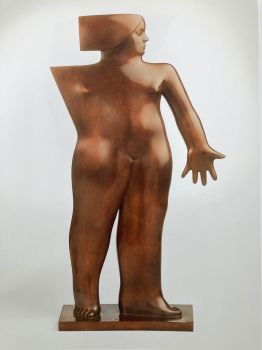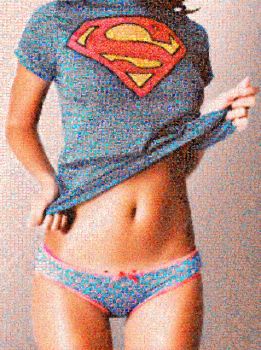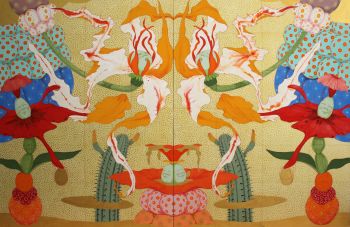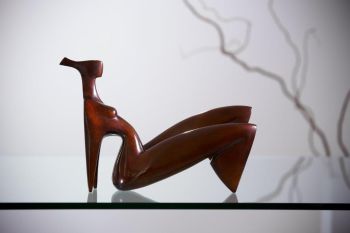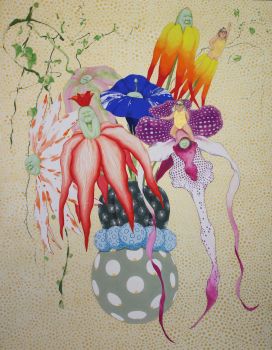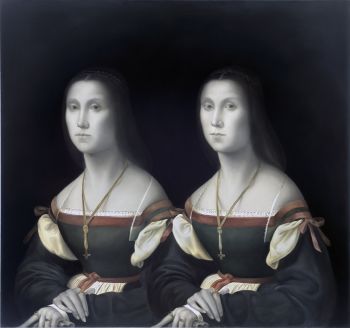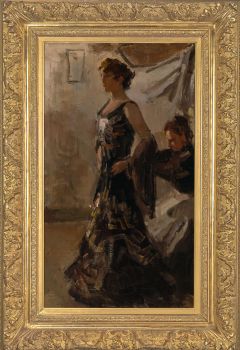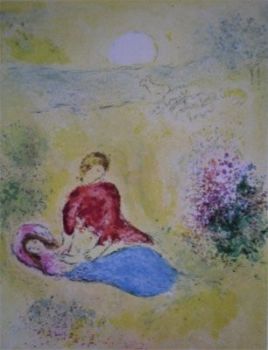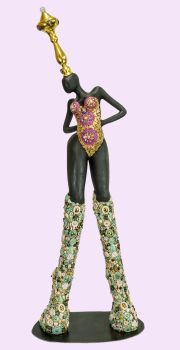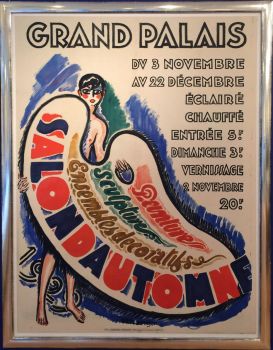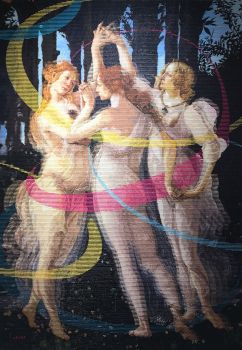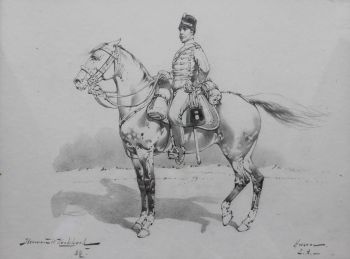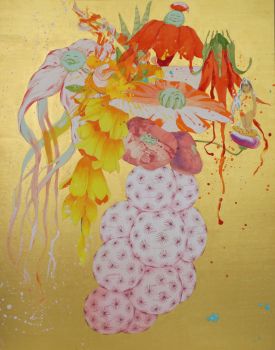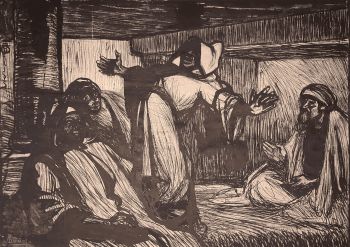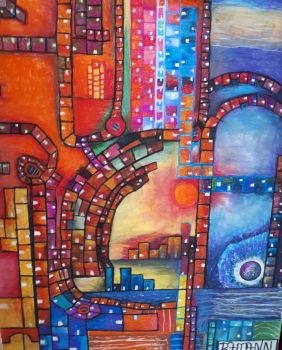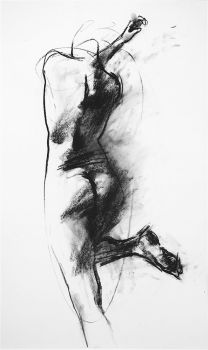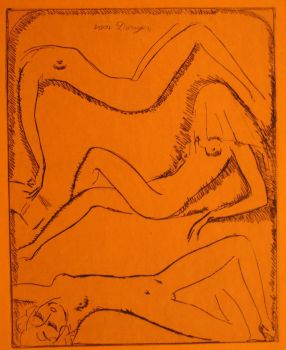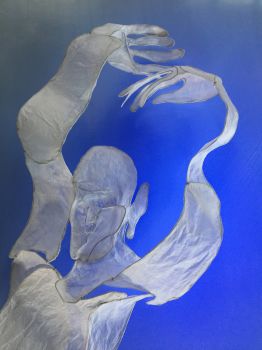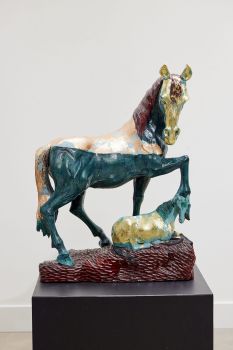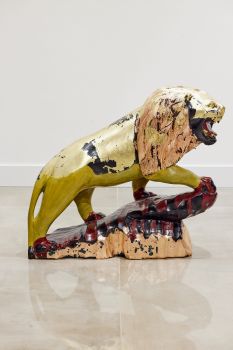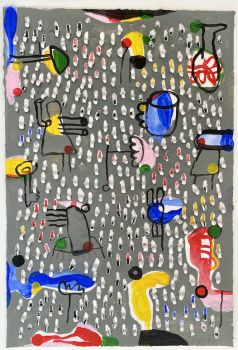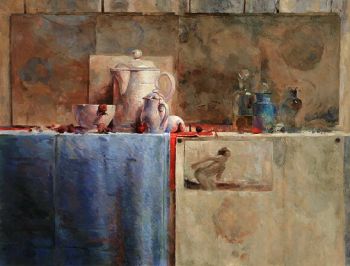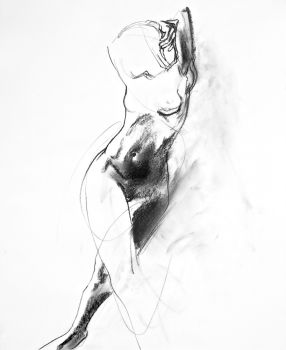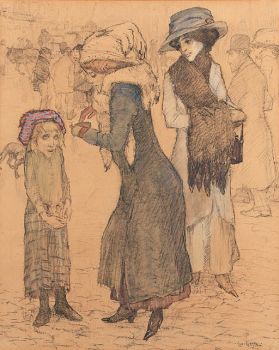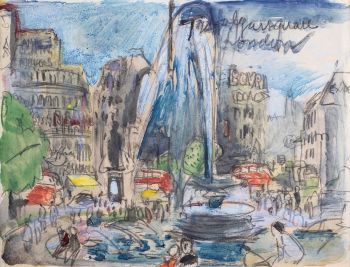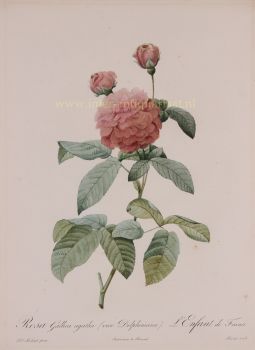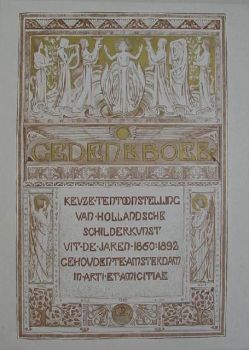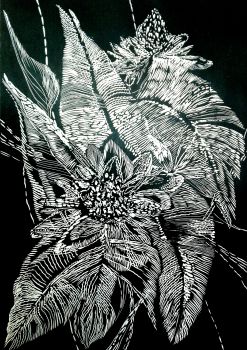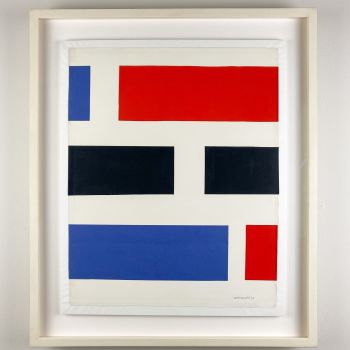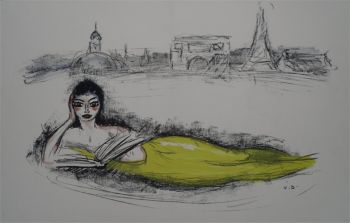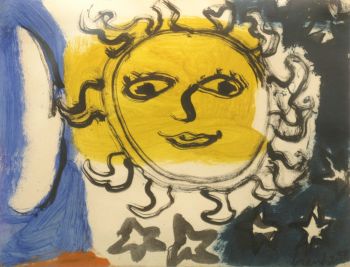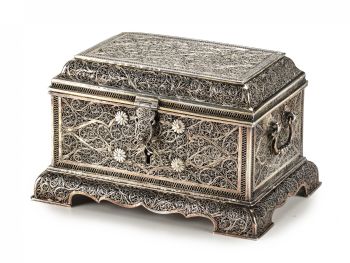“Una donna balinese con offerte” 1936
Theo Meier
Carta
57 ⨯ 41 cm
Prezzo su richiesta
Zebregs & Röell - Fine Art - Antiques
- A proposito di opere d'arteTHEO MEIER (1908-1982)
“A Balinese woman with offerings”
Signed, dated '36 and annotated Mankok (the name of the sitter) lower left
Sanguine on paper, 57 x 41.5 cm
In a hand-made and hand-painted frame with address: Max Knöll, Herberggasse 4/1, Basel.
Provenance:
Private collection, Basel (acquired directly from the artist)
Private collection, London
Note:
Theo Meier was born in Basel, where he attended art school and became a successful portrait painter. However, after visiting an exhibition in Basel of Tahitian paintings by Paul Gaugin, he decided to follow in Gaugin’s footsteps and go to the South Pacific. To finance his voyage, he founded a club in which every member pledged a monthly sum in return of which they could choose one of Meier’s paintings upon his return.
In 1932, at the age of 24, he embarked on his voyage to the South Sea. In Tahiti, he certainly discovered the beauty of the colours of the tropical world but the primitive simplicity of the inhabitants, he had seen in Gaugin’s paintings turned out to be more in the artist’s fantasy than in reality. He returned to Basel but in 1935 again was on his way to the South Sea. In 1936 he arrived in Bali, planning to stay there for two or three weeks, but thirty years later he was still there. In Bali “a delirium laid hold of me which even today has not subsided”, he was to write much later. The present drawing was made during his first “delirius” year in Bali. In Bali, he settled and found inspiration and friendship with other artists including Walter Spies, who guided Theo to a deeper understanding of Balinese culture and invited him to his small mountain retreat in the village of Iseh (for a beautiful painting of Iseh by Meier see Uit Verre Streken, March 2018, nr. 60). In 1938 he married a young girl from the village, Ni Madé Mulugan, and in June 1939 his first daughter was born. In 1941 he divorced Ni Madé and a year later remarried his favourite model, Madé Pegi.
During the Japanese occupation of Indonesia and the subsequent war of independence, Theo lived in Iseh with Madé Pegi who bore him his second daughter in 1948. In 1950, for the first time in 15 years, Theo went back to Basel to sell paintings and get some money to support his family in Bali. When he returned in 1952, he found Madé Pegi in love with a Balinese dancer, and they divorced. In December 1955, two years before Sukarno decreed that all foreign residents had to leave the country, Theo went back to Switzerland where he had several financially successful exhibitions. In 1957, on the invitation of his friend Prince Sanidh Rangsit, Theo moved to Thailand. In 1966 he returned to Bali for the first time in many years and purchased land in Iseh to build a house.
- A proposito di opere artistaTheo Meier era un artista svizzero di Basilea, particolarmente attivo a Bali e in Thailandia. Ha studiato all'Accademia di Belle Arti di Basilea e ha iniziato la sua carriera artistica dopo aver ricevuto un'indennità dall'Accademia. Dopo un riuscito ritratto su commissione, Meier ha potuto recarsi a Berlino dove ha incontrato artisti come Emil Nolde, Max Lieberman e Otto Dix, che gli hanno insegnato molto sulle tecniche pittoriche. Ispirato da Gauguin, Meier si recò a Tahiti all'età di 24 anni. Tornò tuttavia deluso dopo non aver trovato il modo di vivere primitivo che aveva sperato di vedere con i propri occhi. Un anno dopo, Meier è andato a Bali. Fu subito colpito dalla bellissima isola e dalla sua cultura. Si stabilì a Sanur, incontrò altri artisti sull'isola e si sposò in tempi relativamente brevi nel 1936 con una donna balinese. Durante l'invasione giapponese nella seconda guerra mondiale, a Meier fu permesso di rimanere a Bali poiché la Svizzera era uno stato neutrale, ma molte delle sue opere furono confiscate e perse. Negli anni '50, Meier tornò in Svizzera per un breve periodo di tempo. Nel 1957 si recò in Thailandia, dove si sarebbe stabilito a Chiang Mai per il resto della sua vita, dipingendo il paesaggio e le persone locali. Theo Meier ha lavorato in uno stile colorato, simile a Gauguin e ai fauvisti. Il suo lavoro può essere visto in più collezioni e musei in tutto il mondo.
Sei interessato ad acquistare questa opera d'arte?
Artwork details
Related artworks
Rene Rietmeyer
TOKYO - Kudan House - January 2021 #052021
Prezzo su richiestaEuropean Cultural Centre Collection
1 - 4 / 24Mary Alacoque Waters
'Unknown Twins' after Rafael1999 - 2004
Prezzo su richiestaGalerie Mia Joosten Amsterdam
1 - 4 / 24Antonie Derkinderen
Memory book Exhibition of Dutch Painting1892
Prezzo su richiestaKunsthandel Pygmalion
1 - 4 / 24Paulus Franciscus Kromjong
Fiori davanti ad Arearea Aka (gioia) di Gauguin'20th century
Prezzo su richiestaZebregs & Röell - Fine Art - Antiques
Thea G.F. Eschauzier
Ritratto di una ragazza giavanese1931
Prezzo su richiestaZebregs & Röell - Fine Art - Antiques
 A cura di
A cura diDanny Bree
1 - 4 / 12


